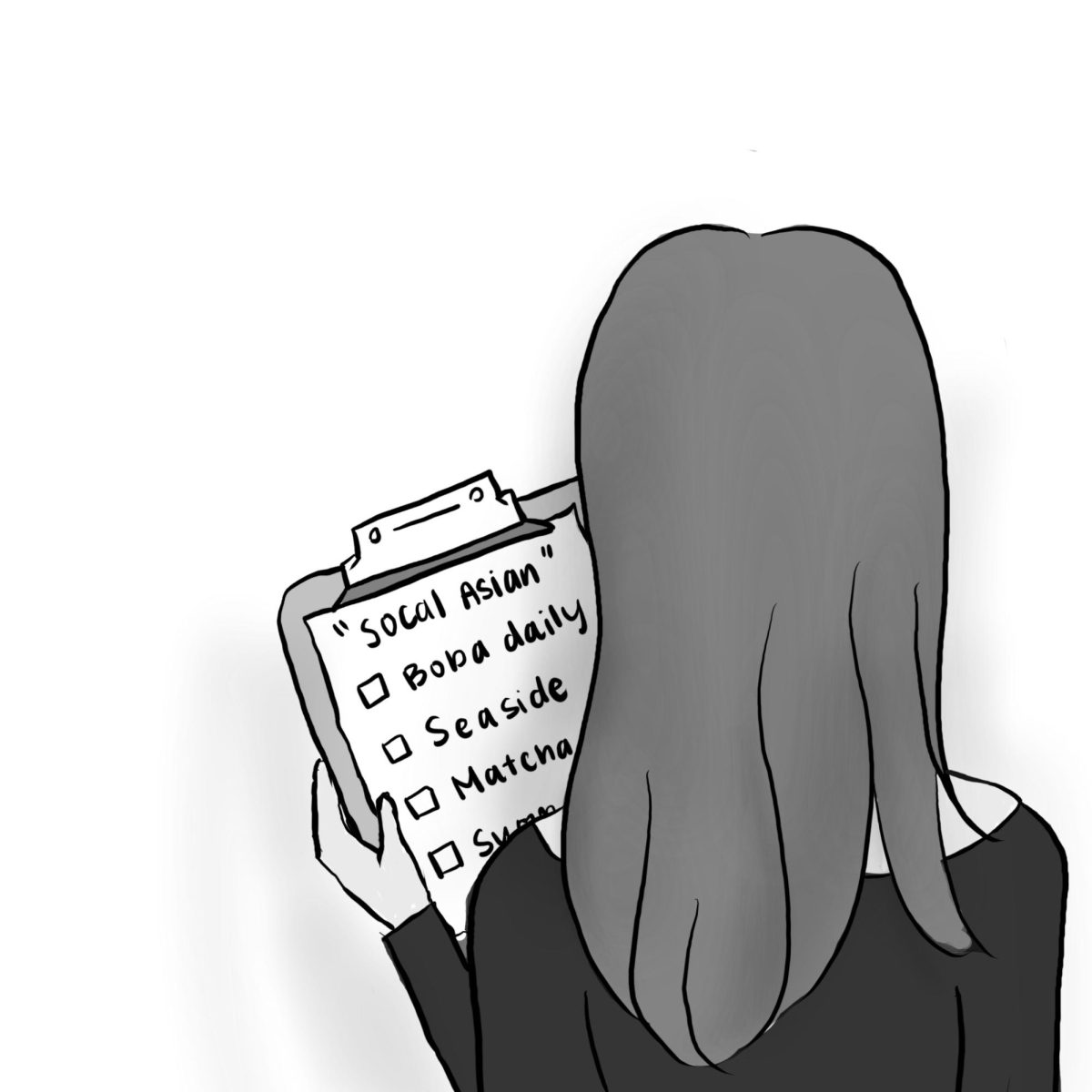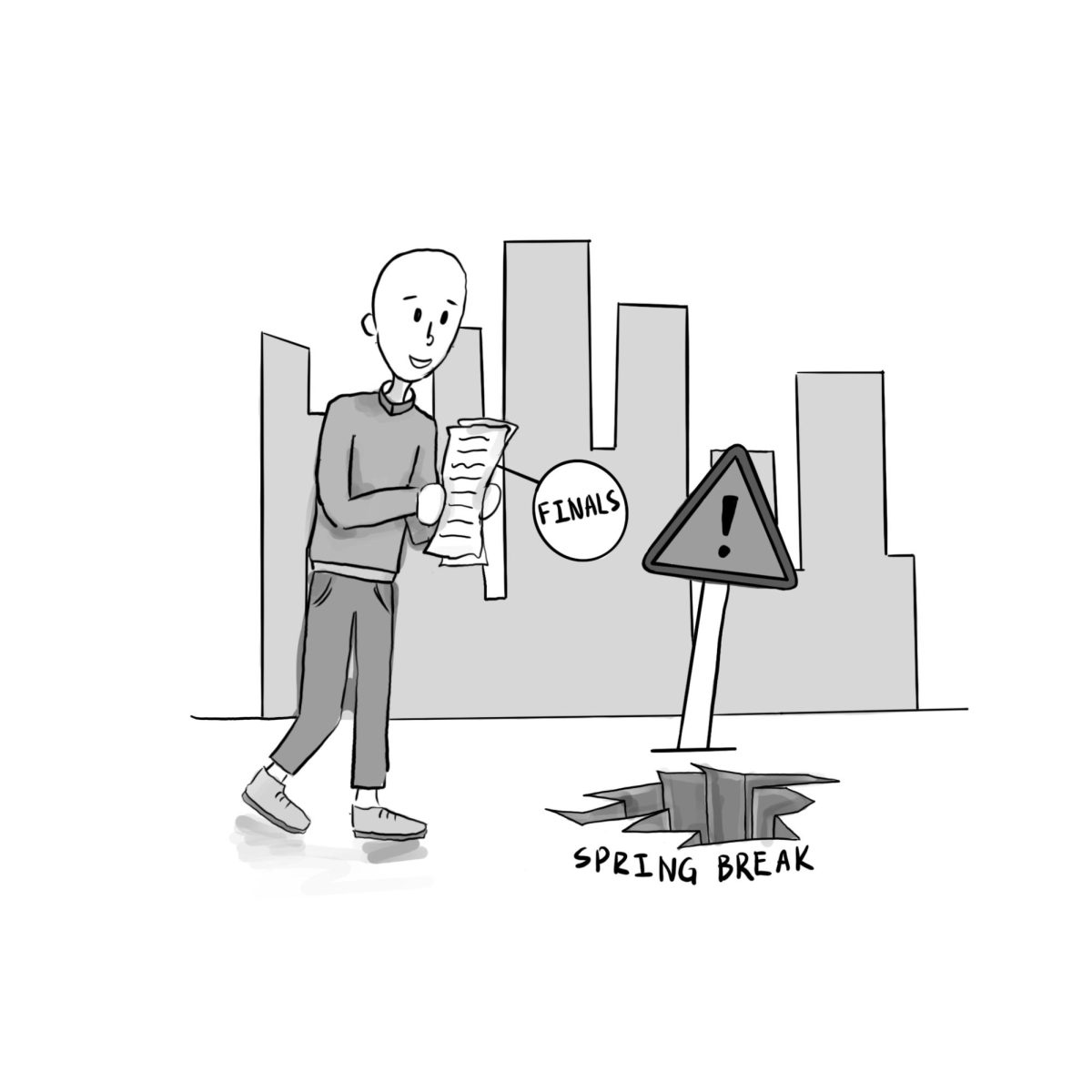California’s public university system is widely regarded as one of the best in the country, but even getting a chance at entrance comes at a hefty price. With application costs to University of California (UC) campuses costing $80 each and California State University (CSU) campuses costing $70 each, fees can quickly rack up.
And this is just for a handful of California public colleges. If you want to apply to private schools or public schools in other states, you could be looking at hundreds or even thousands of dollars in application fees, on top of the time you spent crafting the perfect responses to essay prompts. It makes sense why there are fees: reading applications is a service that needs employees, who in turn must be compensated for their work. What does not make sense, however, is paying almost $100 for (optimistically) 10-15 minutes of review.
We at The Hoofprint believe that unreasonable college application fees are another barrier to disadvantaged applicants in an already inequitable process; this only perpetuates the overrepresentation of America’s most wealthy in top universities. Though applying to more colleges doesn’t automatically increase someone’s chances of being admitted, it does allow the student more opportunities and more potential options — the exact things, according to the uptick of diversity, equity and inclusion policies, that should be afforded to the underprivileged.
Though there are fee waivers available to those who meet the financial requirements, they’re also not the final solution to income inequality. For example, both UC and CSU fee waivers only allow four free applications out of 10 and 23 campuses, respectively. One of the most common justifications for expensive application fees we’ve seen is that it forces students to be selective about where they’re applying, weeding out many applicants who would have arbitrarily applied otherwise. The problem with this statement is that not everyone is equally restricted by the same financial baseline. Whereas one applicant could have no problem spending $2,000 applying to 20 colleges, someone else might have to work five hours just to make enough money for one application fee.
Ironically, it’s the disadvantaged applicant who would probably benefit more from applying to a greater number of colleges. If they need financial aid, for example, having multiple admission packages would allow them to choose the best financial option. The bottom line is, having more options is always an asset to those who don’t have the luxury of pursuing every path.
Here, we’d like to clarify that this isn’t an issue that only concerns the top and bottom 1% of society; many families cannot comfortably pay the amount required to apply to a well-balanced list of colleges. The only demographic that isn’t negatively affected is the one that already has every other advantage at their disposal. Though fee waivers and some colleges’ discontinuation of application fees are starting to bridge the gap, they’re also not sufficient to close it entirely. In today’s world, when inclusion is at the forefront of every college’s slogan, they should make sure their barrier to entry is actually accessible to all.


![Social science teacher Nick Madrid’s desk and floor are littered by ungraded papers due to burnout. “My desk hasn’t been this messy before and it’s been this way ever [since] I started grading papers,” Madrid said.](https://whshoofprint.com/wp-content/uploads/2025/04/IMG_1659-900x1200.png)

